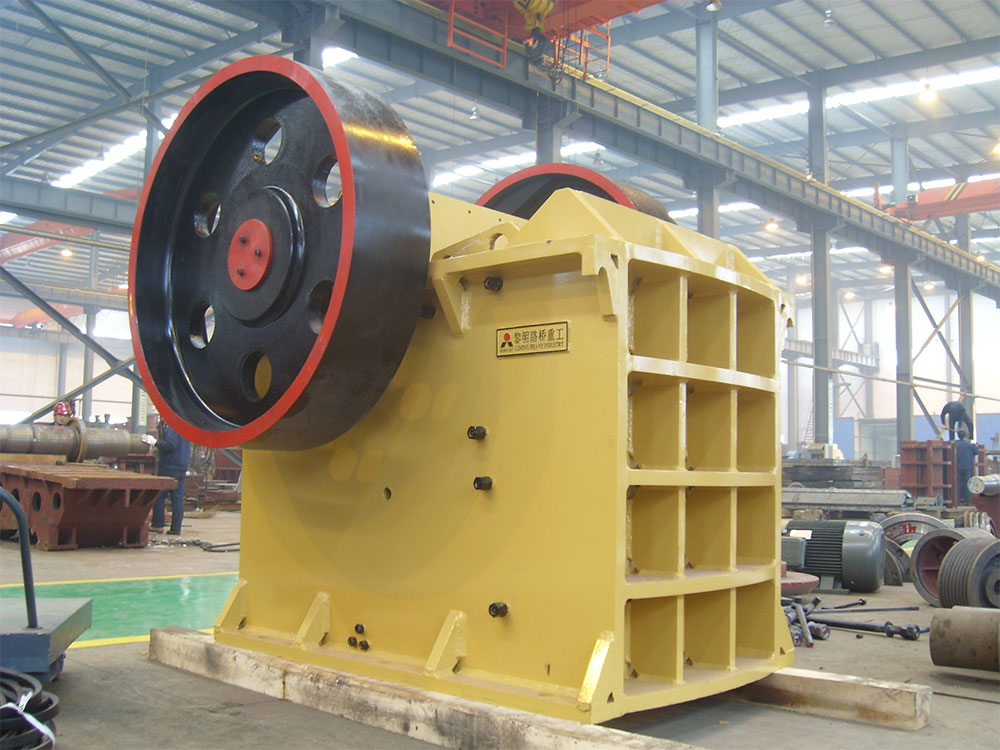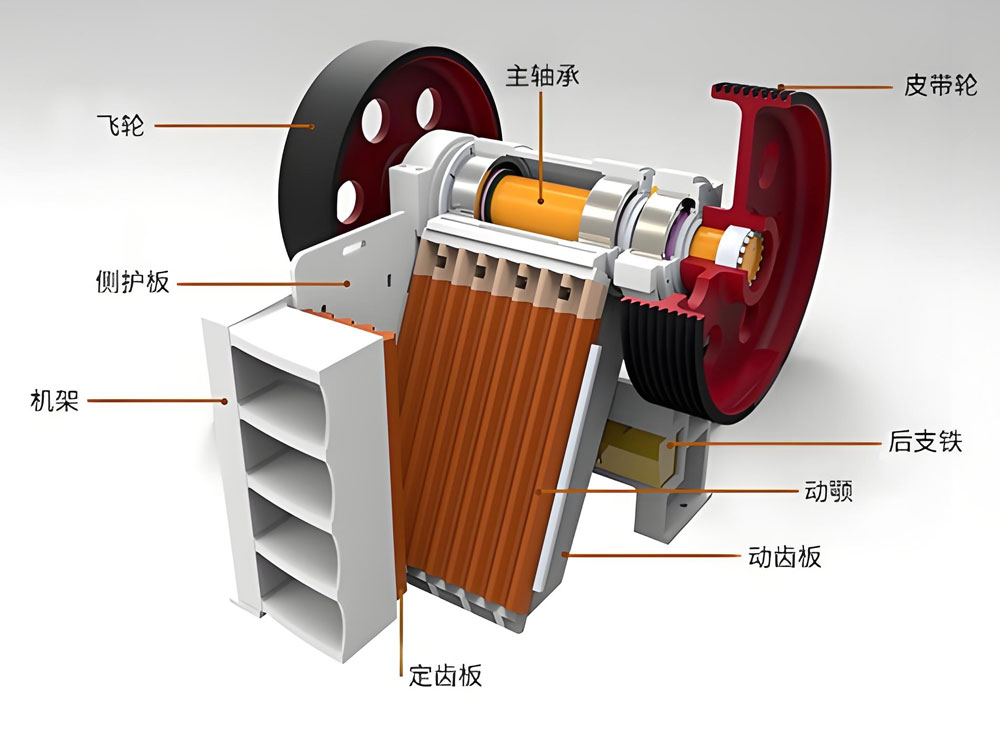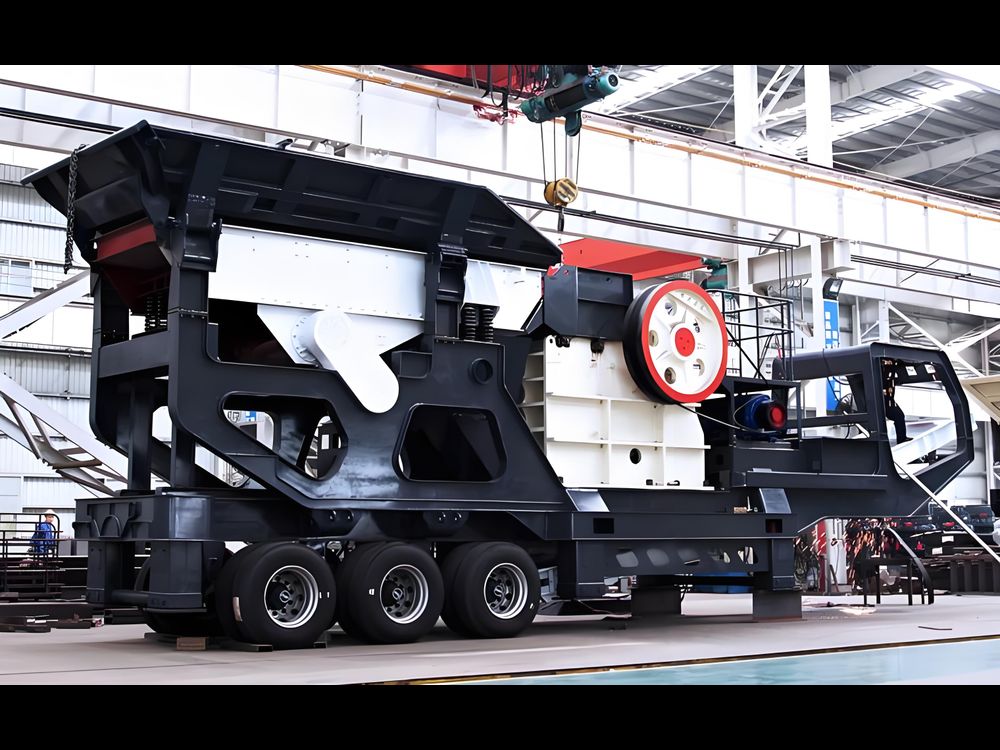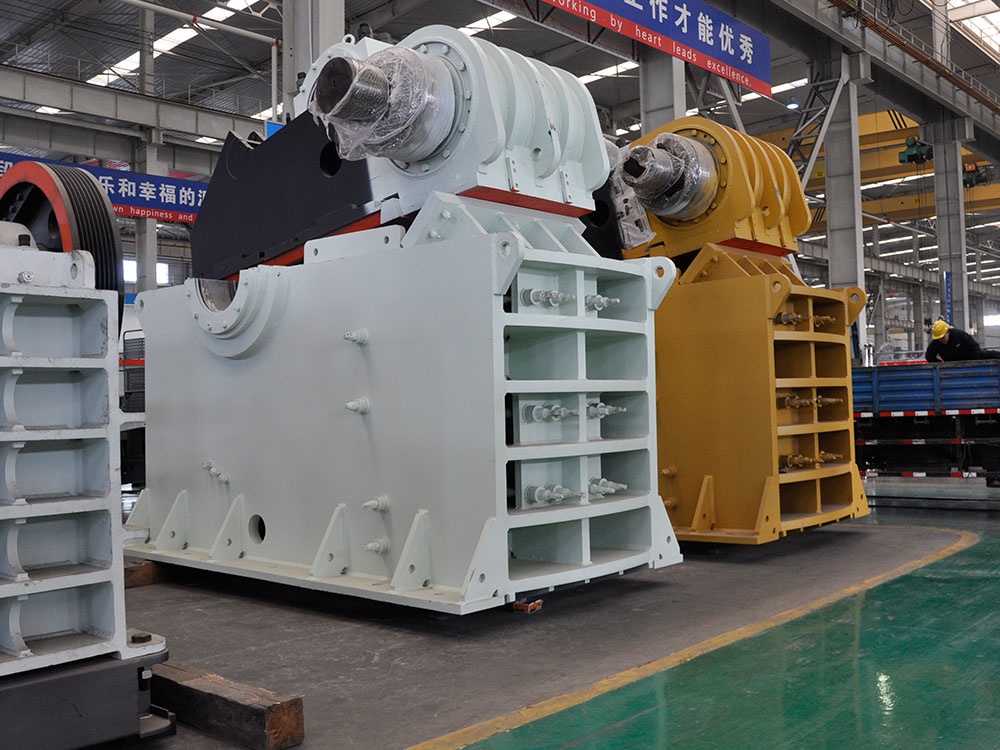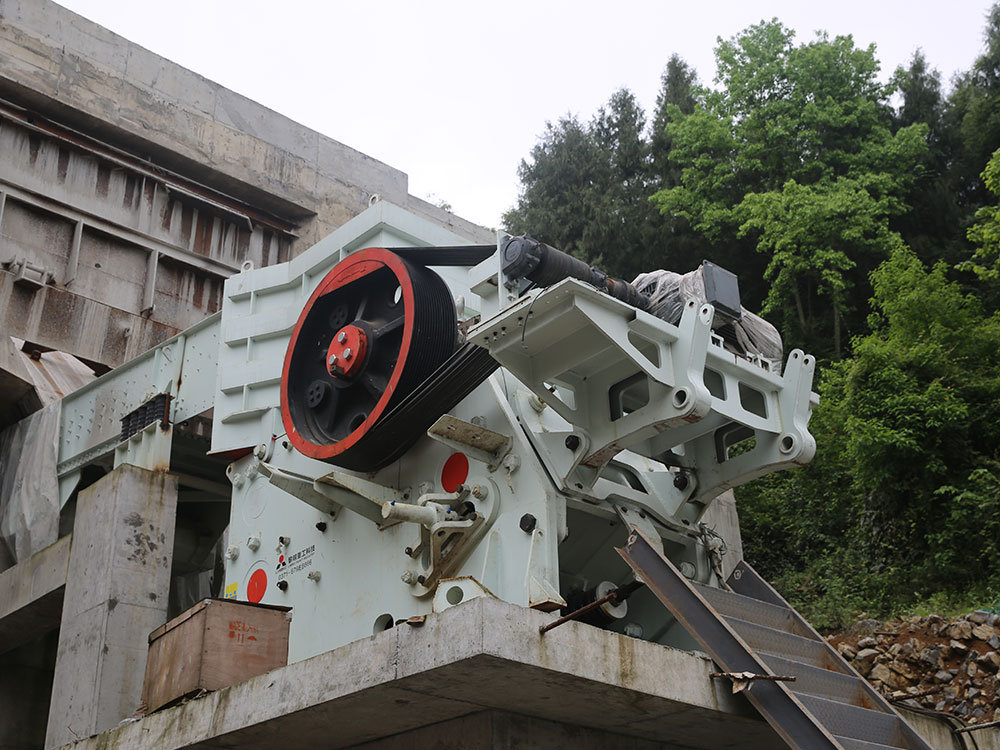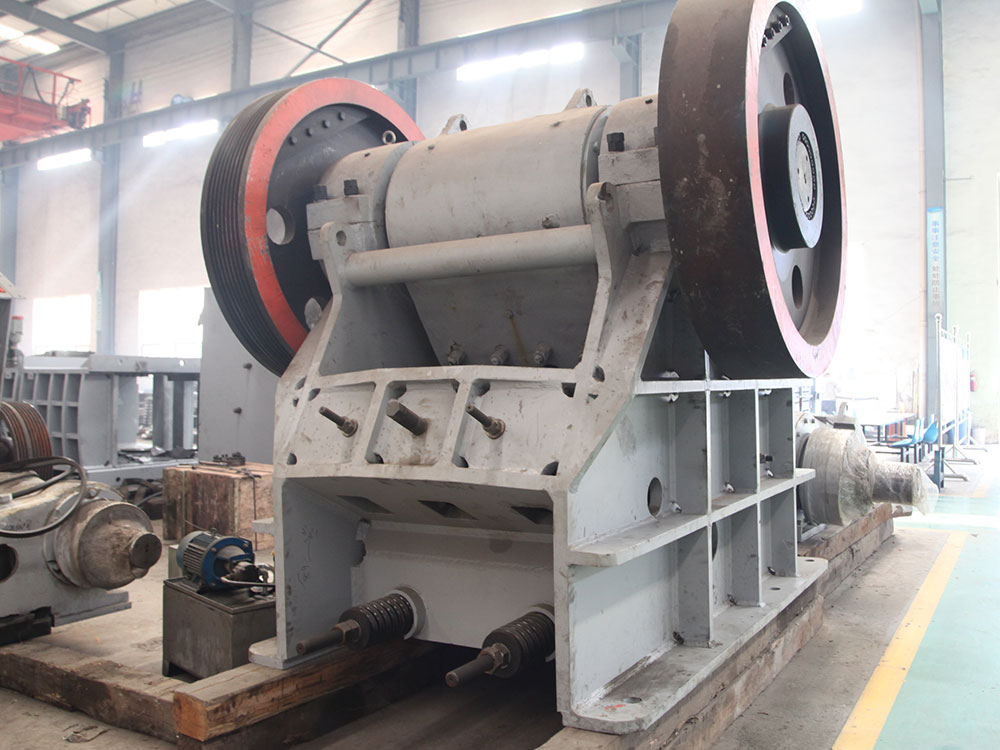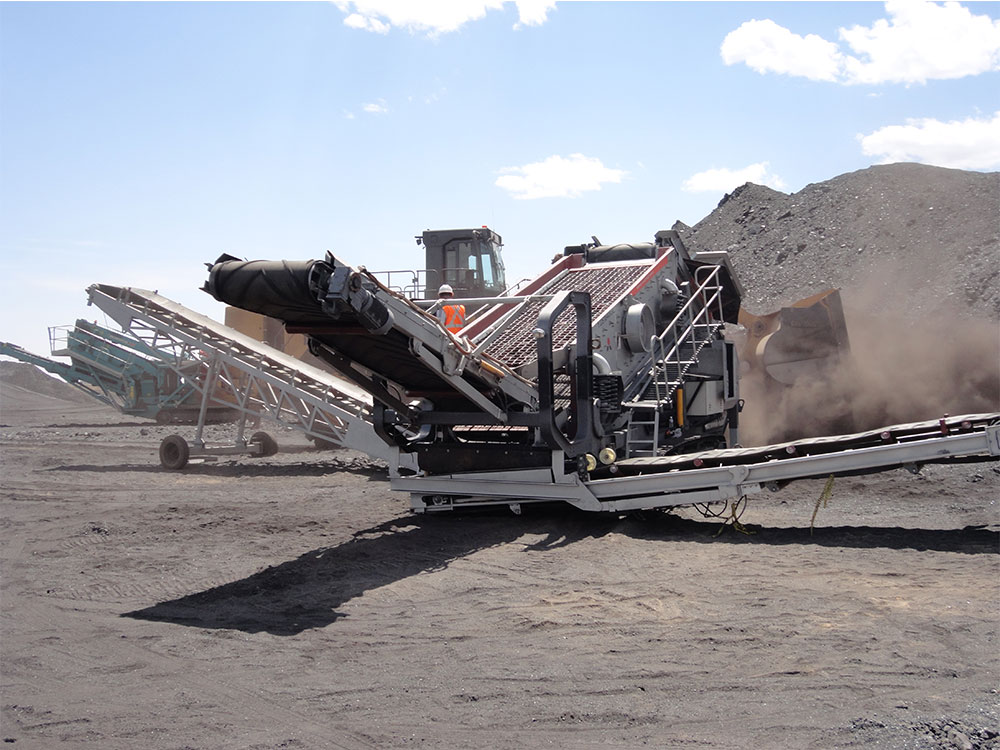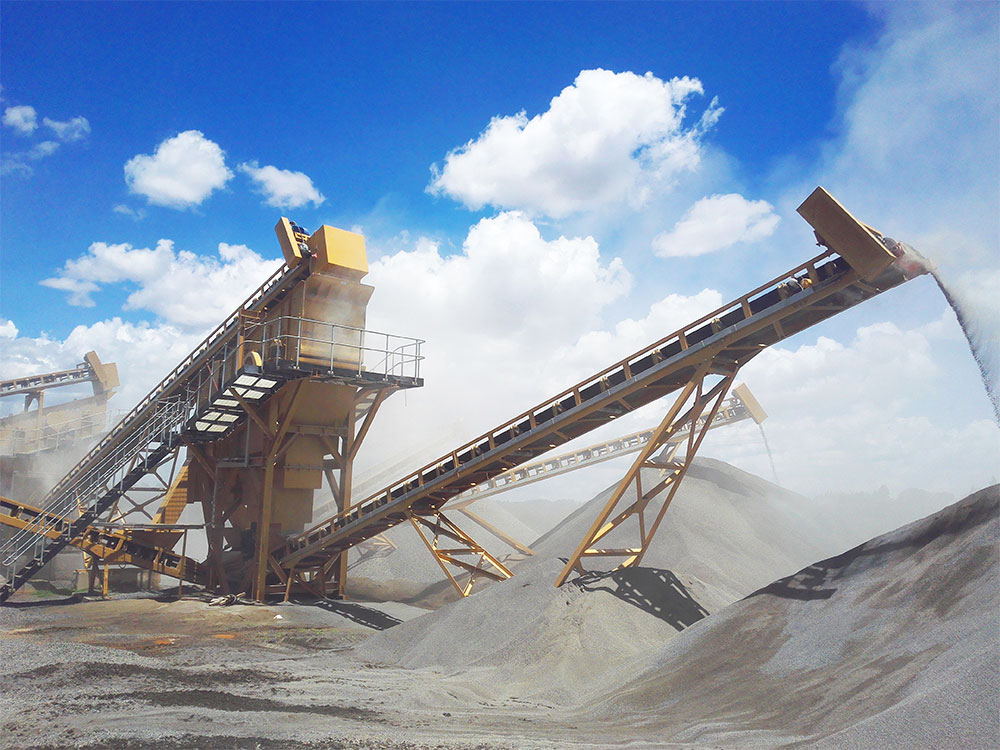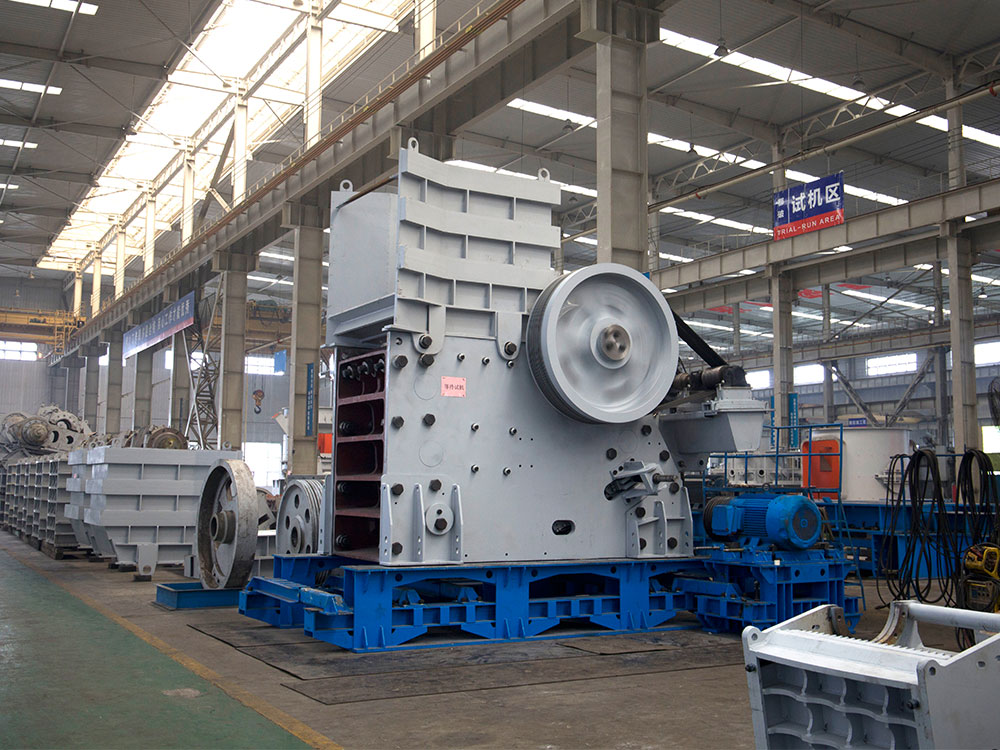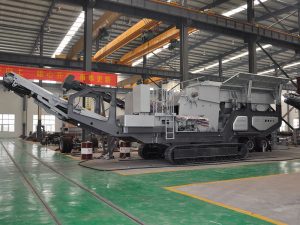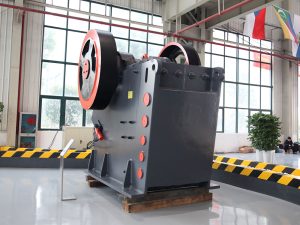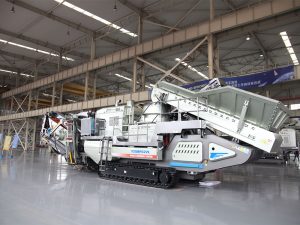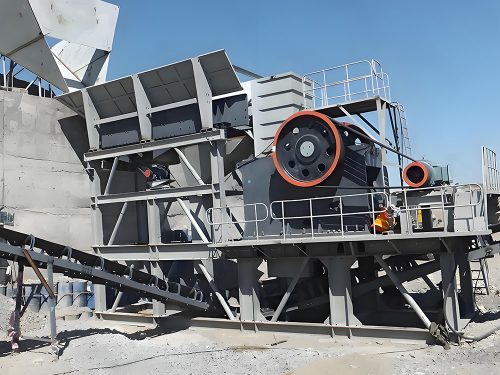Jaw Crushers: A Deep Dive into Selection, Optimization, and Safety Best Practices
Within the world of aggregate processing and material size reduction, the jaw crusher stands as an iconic and essential primary crusher. While its basic function is well-known, maximizing its efficiency, selecting the right type, and operating it safely are critical for any successful operation. This article explores the often-overlooked aspects of jaw crusher operation: selection criteria, performance optimization, and vital safety protocols.
Critical Factors for Selecting the Right Jaw Crusher
Choosing the correct jaw crusher for a specific application is not a one-size-fits-all decision. Several key factors must be analyzed to ensure optimal performance and return on investment.
Feed Material Characteristics: This is the most crucial consideration. The hardness, abrasiveness, composition, and maximum feed size of the material directly influence the crusher's required strength, wear part material, and overall design. Hard, abrasive granite demands a more robust machine than soft limestone.
Capacity Requirements: Operators must determine the required tons per hour (TPH) output. This dictates the physical size and power of the crusher needed to meet production goals without being over-sized and inefficient.
Closed-Side Setting (CSS) Range: The adjustable CSS determines the crusher's product size. It's vital to select a crusher whose CSS range can produce the specific product gradations required for the next stage of processing or the final product.
Overall Operational Costs: The purchase price is just the initial cost. Considerations must include expected wear life of jaw plates, energy consumption, and availability of replacement parts, which all contribute to the long-term cost of ownership.
Optimizing Jaw Crusher Performance and Efficiency
Simply running a jaw crusher is not enough; fine-tuning its operation is key to maximizing output and minimizing costs.
Choke-Feeding vs. regulated feed: For maximum efficiency and productivity, a jaw crusher should be choke-fed. This means the crushing chamber is kept full continuously, allowing the rock-on-rock action to perform a significant amount of the crushing, reducing wear on the jaw plates themselves. An under-fed crusher runs inefficiently and accelerates wear.
Jaw Die Selection: The profile (shape) of the jaw dies (or plates) has a major impact on capacity and product shape. Straight-line jaws are good for coarse crushing, while curved (non-choking) jaws are better for secondary crushing or producing a more graded product.
Optimal Speed (RPM): The speed of the eccentric shaft affects capacity and wear. Running the crusher at the manufacturer's recommended RPM ensures the material has adequate time to descend through the chamber and be crushed properly, rather than being "jammed" or expelled.
Proper Closed-Side Setting (CSS): Regularly checking and adjusting the CSS is fundamental. A widening CSS will lead to a larger product size and potential slabbier output, while an incorrectly set CSS can reduce capacity and increase power draw.
Understanding the Importance of the Crushing Chamber
The design of the crushing chamber itself is a critical engineering feature that dictates the crusher's performance.
Crushing Action: The chamber is designed to create a "rock-on-rock" crushing action. As material enters, it is compressed between the jaws. However, pieces of rock also compress against each other, creating autogenous wear that reduces the wear on the actual jaw plates.
Nip Angle: This is the angle between the fixed and movable jaw dies. A correct nip angle (typically between 22-26 degrees) is essential. Too large an angle can cause the material to slip and not be gripped, reducing capacity. Too small an angle can decrease capacity and risks plugging the chamber at the feed point.
Discharge Zone: The design of the chamber's bottom section, where the CSS is located, ensures that only material that has been crushed to the desired size can exit. A well-designed zone prevents blockages and ensures a consistent product flow.
Paramount Safety and Operational Best Practices
Jaw crushers are powerful machines that demand the utmost respect for safety procedures.
Pre-Operational Checks: Before start-up, always visually inspect the crusher chamber to ensure it is clear of any personnel or obstacles. Check that all guards are securely in place, especially around the drive mechanism and flywheels.
Lock-Out/Tag-Out (LOTO): This is the most critical safety procedure. Always isolate and lock out the power source before performing any maintenance, clearing a blockage, or changing jaw plates. This prevents accidental startup, which can have fatal consequences.
Wear Personal Protective Equipment (PPE): Operators and maintenance personnel must always wear appropriate PPE, including safety glasses, hearing protection, hard hats, and safety gloves, especially when handling heavy wear parts like jaw plates.
Never Operate with Open Guards: The immense force and moving parts of a jaw crusher can throw debris with tremendous energy. All safety guards must be installed and secure during operation.


